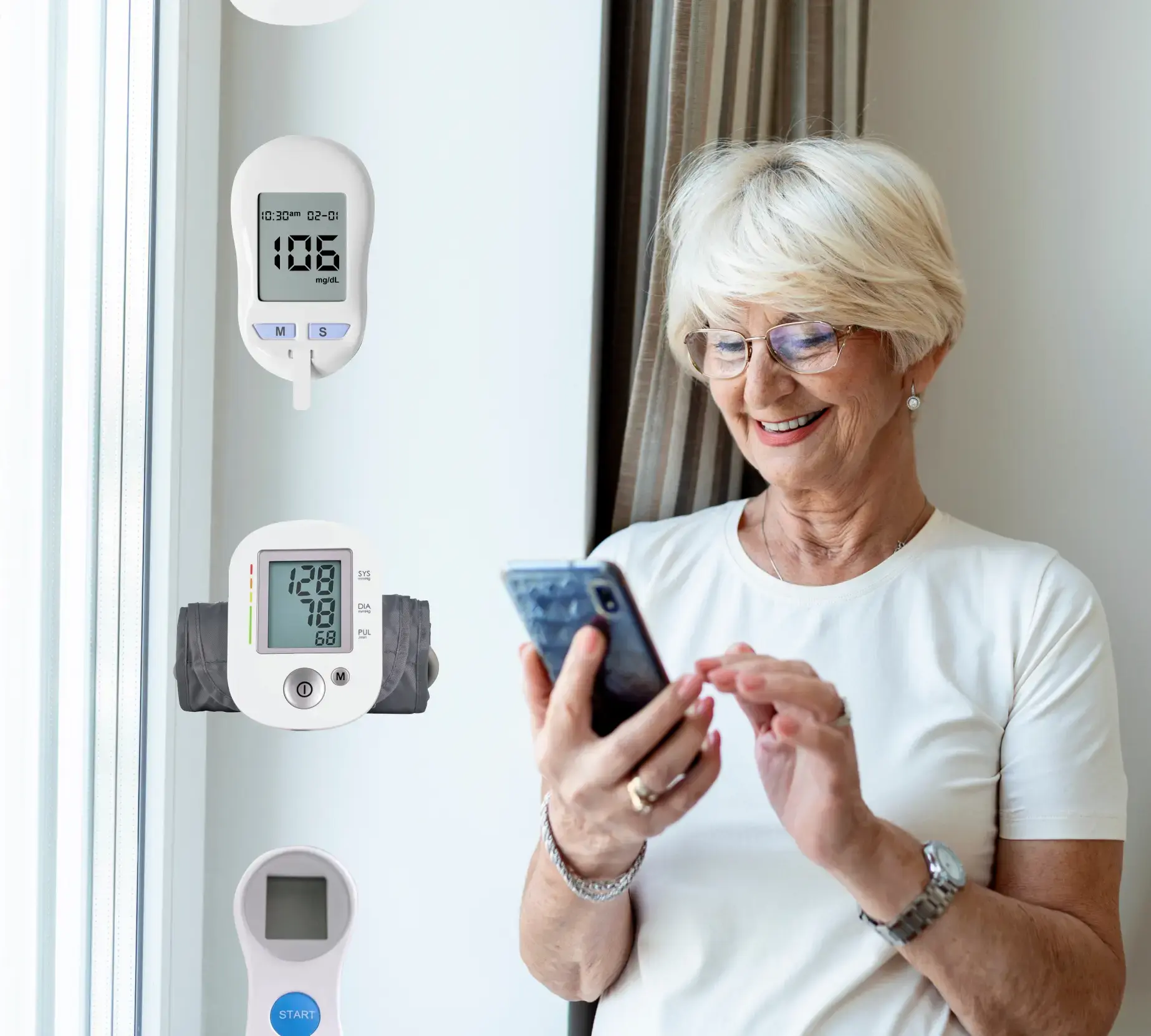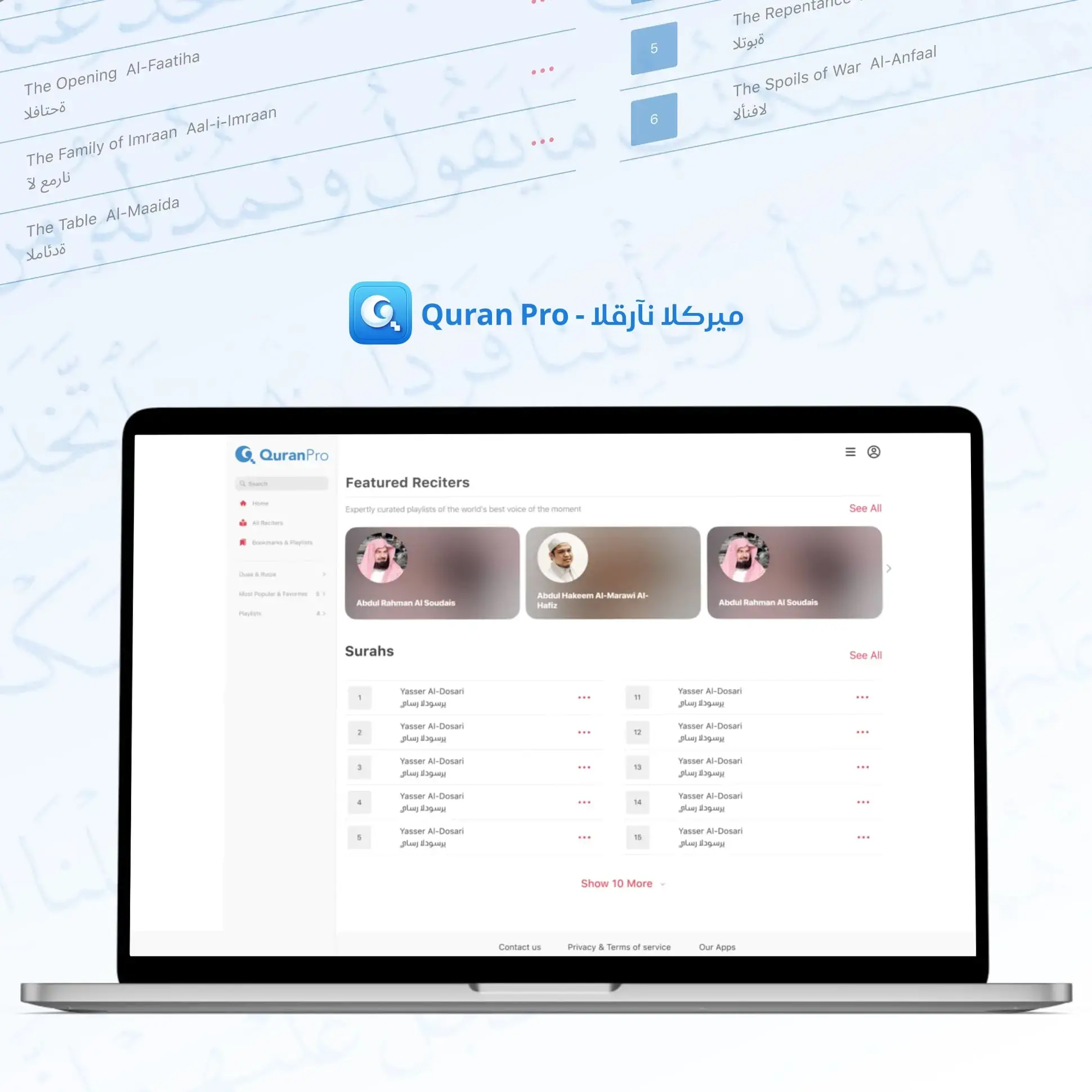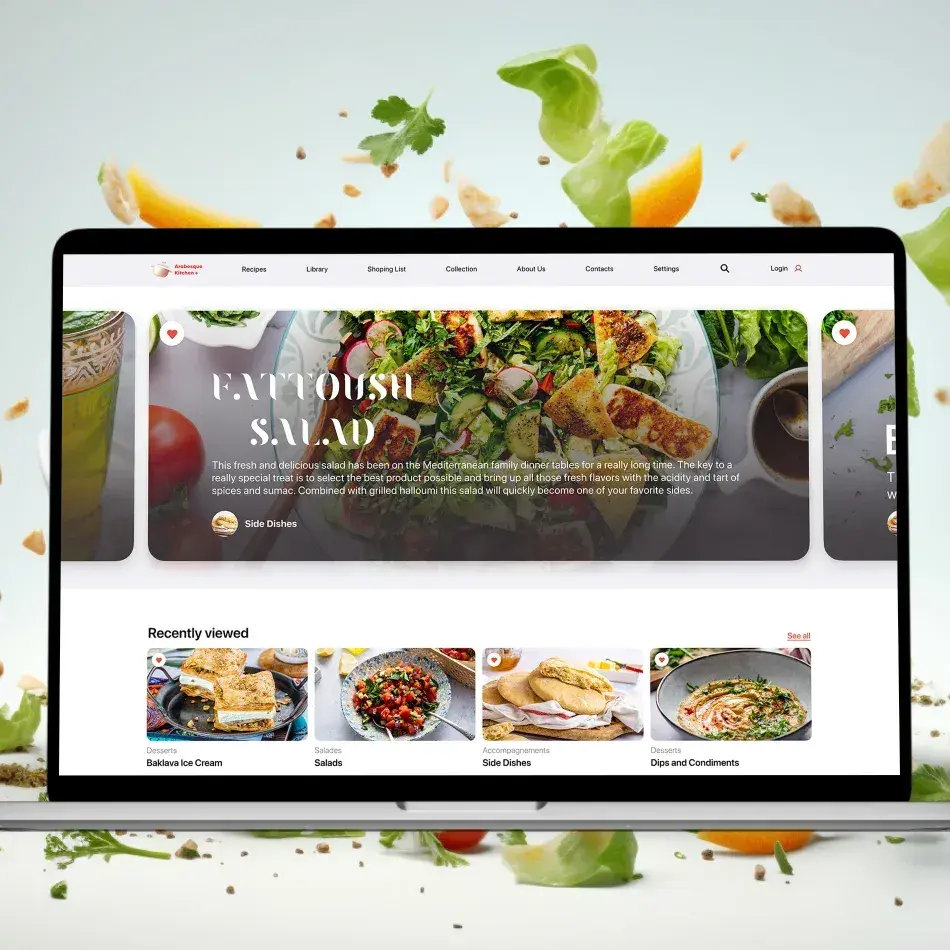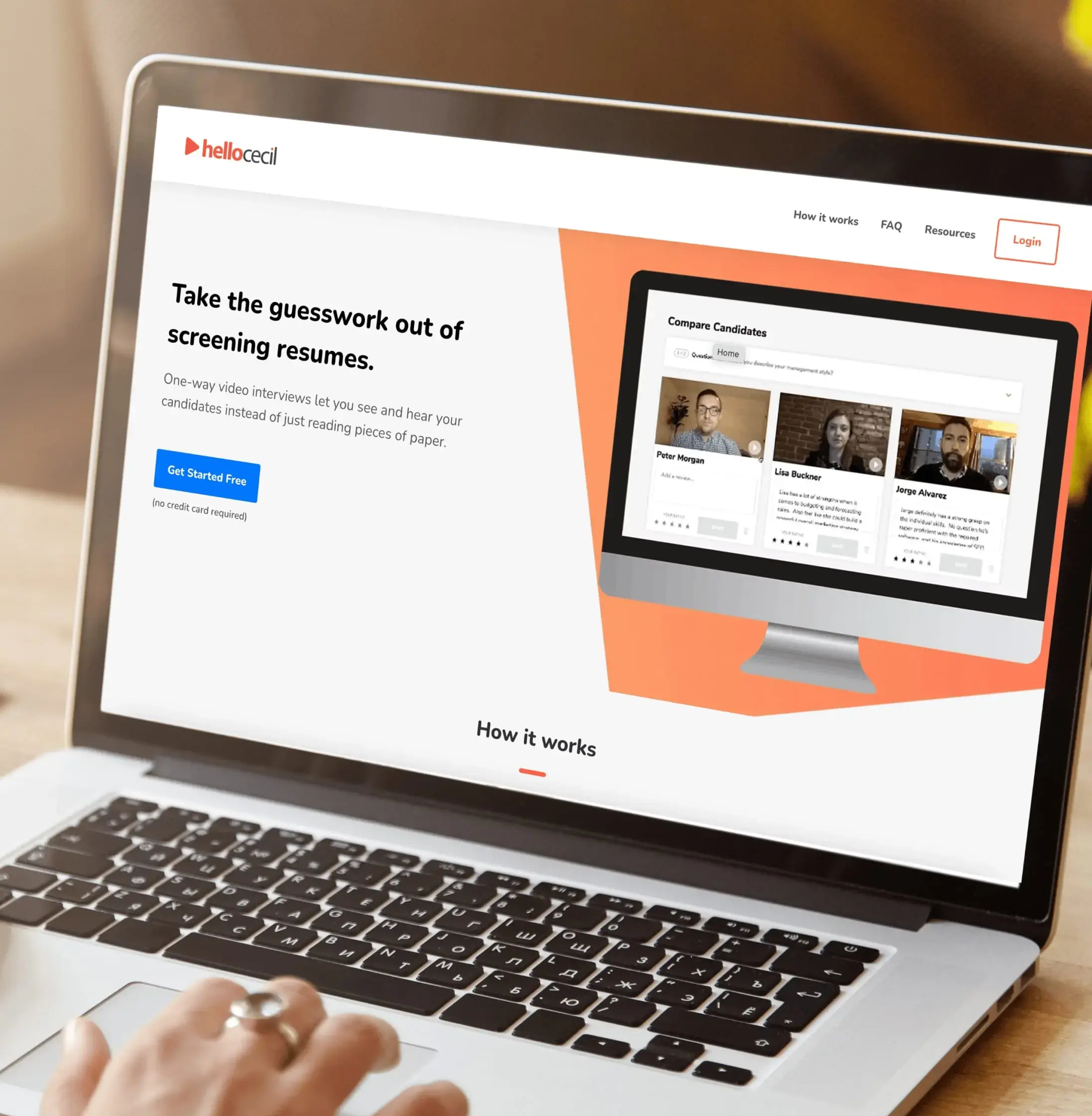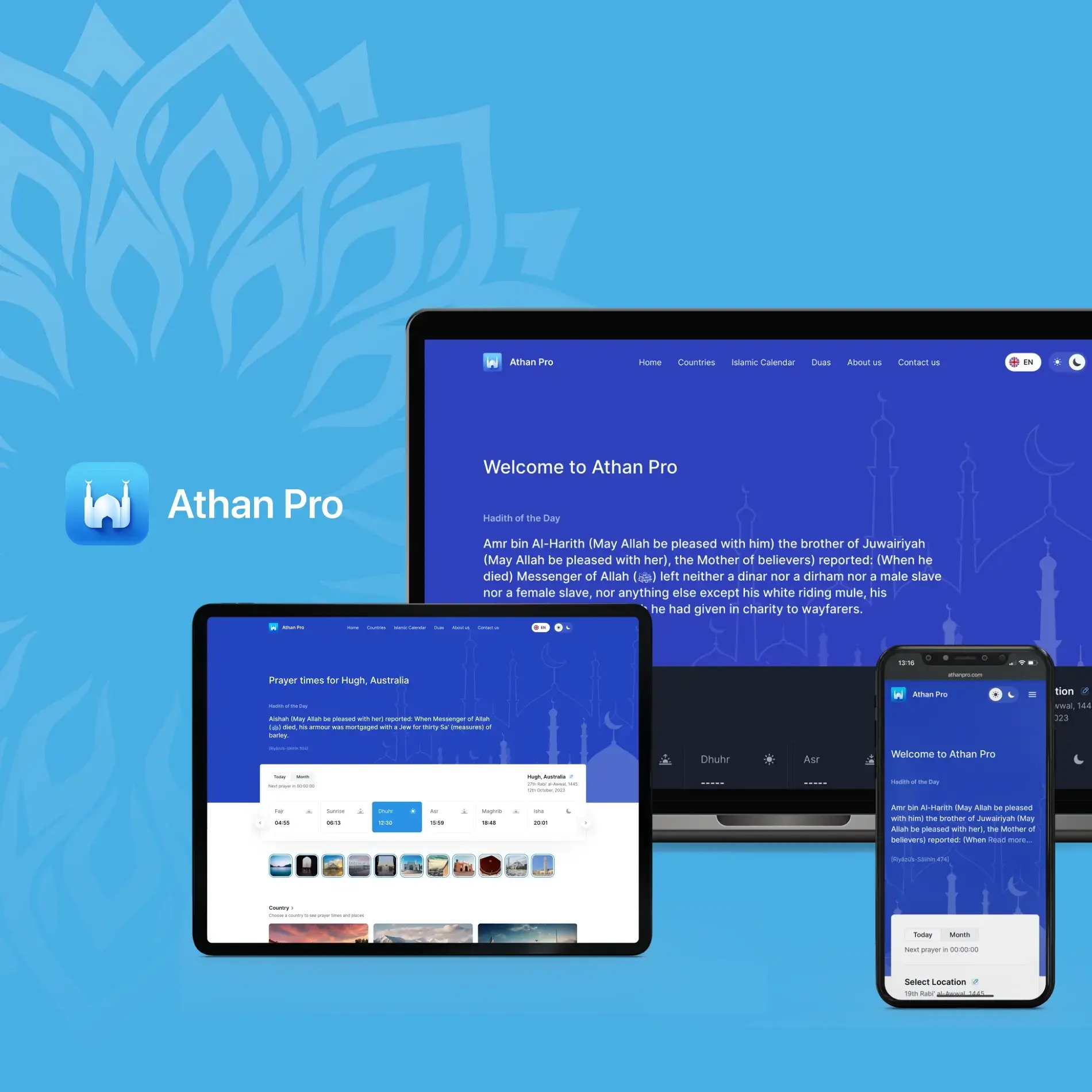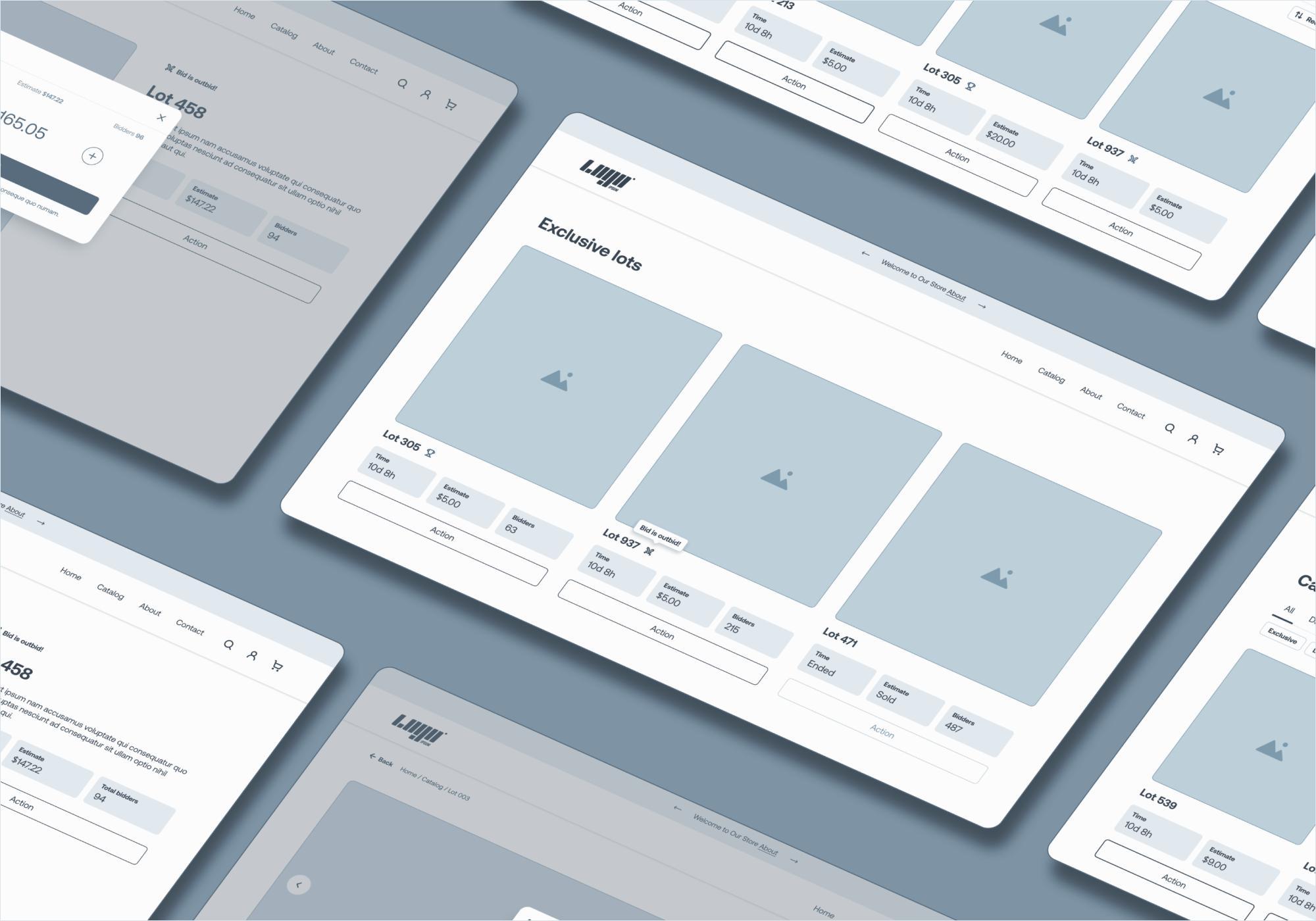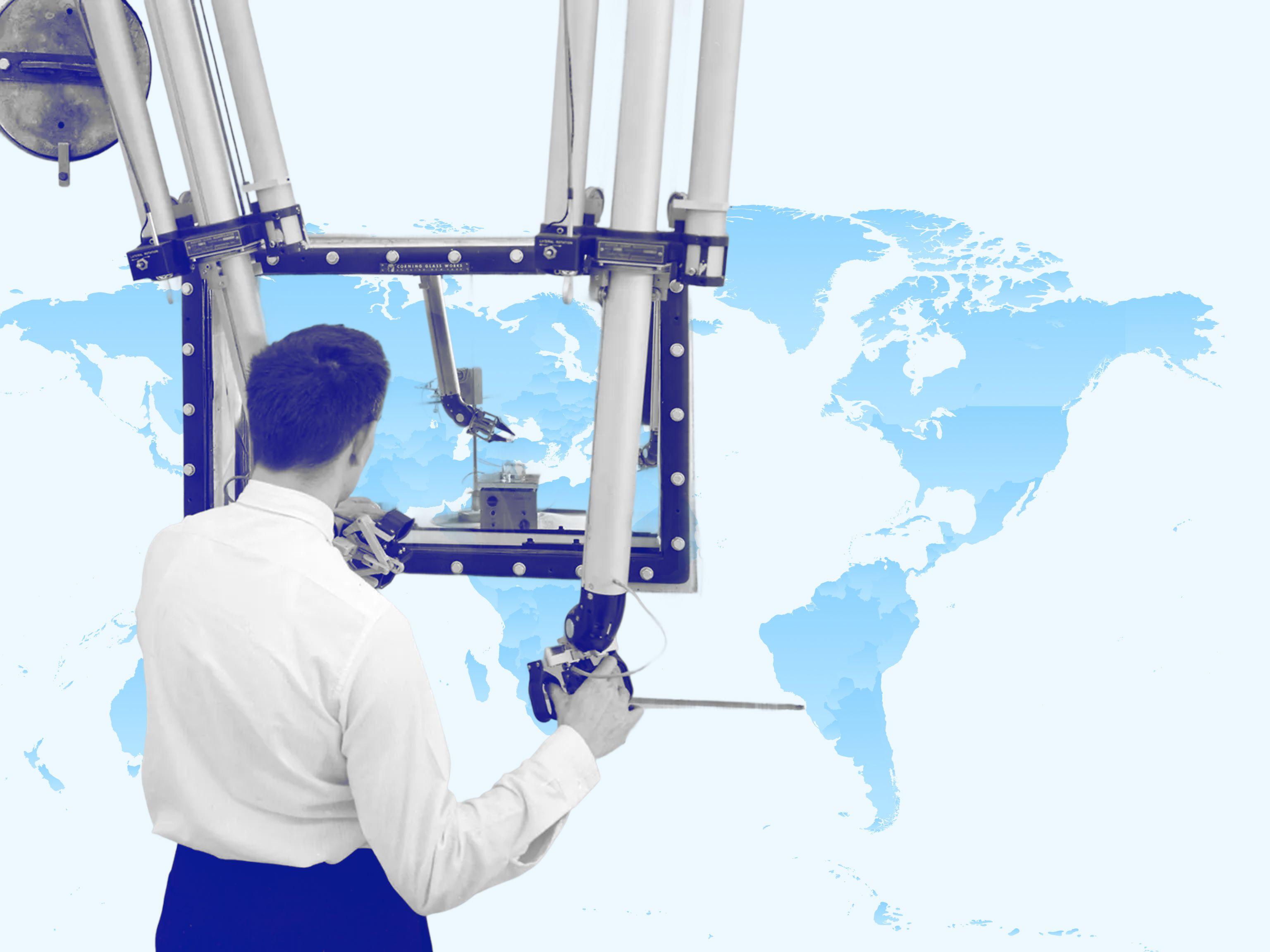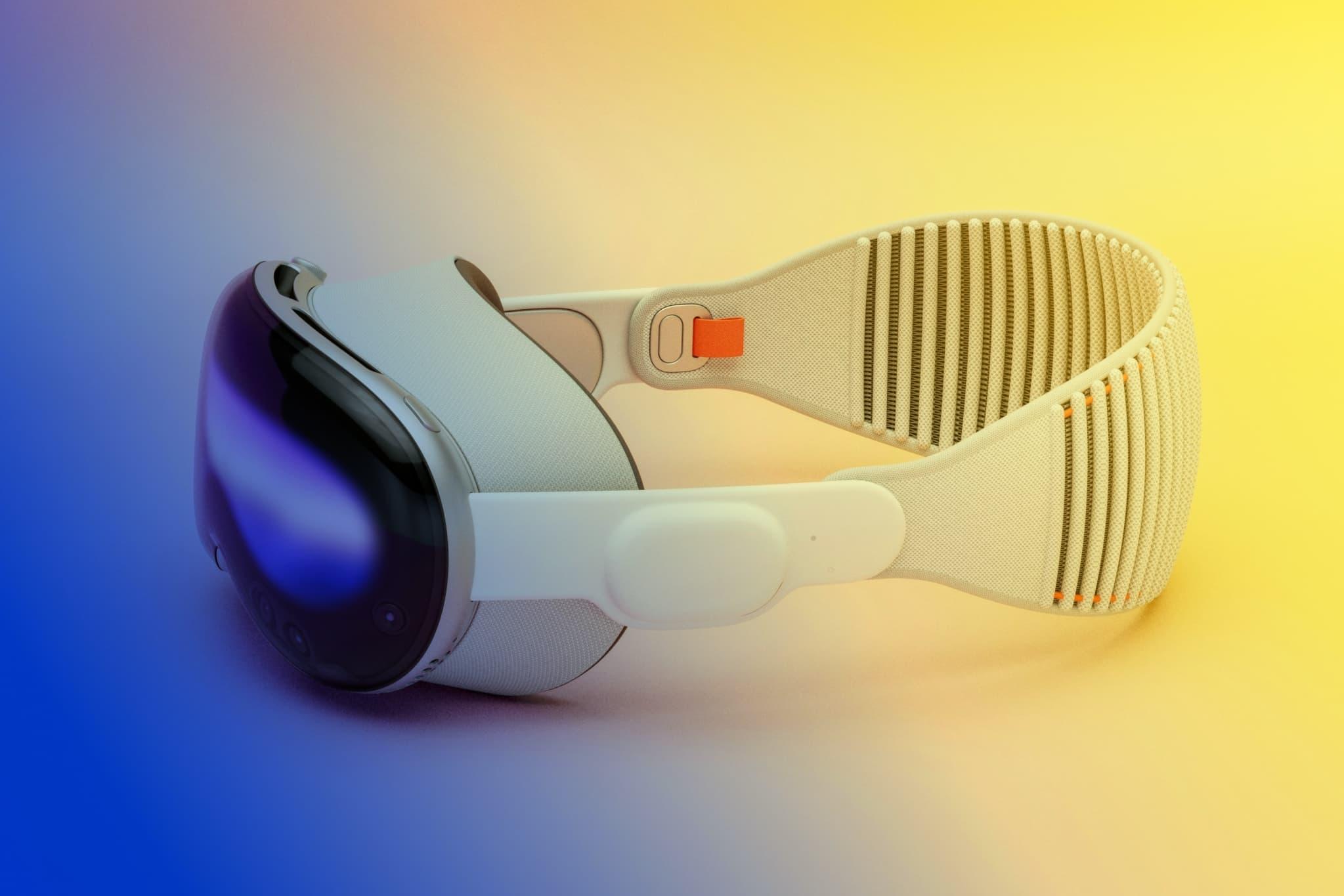
- App Development
- Vision Pro
- VisionOS
VisionOS App Development: How to Do It and Why It Matters
Apple’s newest product is taking the industry by storm. Learn how to capitalize on it from a Vision Pro developer team.
February 23, 2024 | Updated on December 23, 2025 | 5 min

Alex Padalka
CEO and Co-founder at JetBase
Table of Contents
- The Foundations of Spatial Computing and Apple Vision Pro
- Getting Acquainted with visionOS development and Apple Vision Pro
- Preparing for Apple Vision Pro Development
- What Businesses Need to Know Before Launching a visionOS App
- Step-by-Step Guide to Developing Apps with visionOS
- What Makes visionOS Aps Unique
- Where Else & How Can You Use visionOS Applications?
- The Future of App Development with Apple Vision Pro
- FAQ
Our Cases
Innovation isn’t just about ideas - it’s about execution, turning vision into reality, and creating solutions that truly make an impact. See what we’ve built and how it works:
- HealthCare
- Media & Entertainment
- eCommerce
- Amazon Web Services
- Cloud Cost Optimization
- Serverless Application
- Retail
- HealthCare
- Media & Entertainment
- eCommerce
- Amazon Web Services
- Cloud Cost Optimization
- Serverless Application
- Retail

